Reimagining a Classic: BIRKENSTOCK Celebrates South African Craft & Creative Identity
This summer, BIRKENSTOCK offered Cape Town’s creative community a rare opportunity: to transform one of the world’s most recognisable footwear silhouettes into a deeply personal expression of South African style, craft and storytelling.
Through two intimate creative workshops led by Sindiso Khumalo and Jessika Balzer of Project Dyad, the brand opened up a new conversation around what it means to wear BIRKENSTOCK in South Africa today – not as a trend piece, but as a canvas for identity, memory and local design heritage.
The result was a design-led cultural moment. Guests customised their sandals using leather charms inspired by indigenous botanicals and protea forms, while a live styling session explored how comfort and fashion intersect in the South African summer – from heritage-inflected silhouettes to playful colour and texture.
“Growing up in Germany, BIRKENSTOCK came into my life early on. They were a part of every summer and I so clearly remember when my mother let me choose my first pair. They were these incredible black patent leather sandals, with red polka dots.” Project Dyad’s Jessika Balzer tells the story with the kind of fondness reserved for objects that shape who we become – the things we live in, travel with and grow up beside. “I have such vivid memories of them being stacked up by the door, or kicked off around the fire,” adds designer Sindiso Khumalo of her time in London. In these memories lies something universal: the idea that BIRKENSTOCK aren’t just shoes, but companions, woven into everyday rituals and the small seasonal joys that ground us.
This summer, BIRKENSTOCK invited Cape Town’s creative community to make one of the world’s most recognisable silhouettes entirely their own. Through two exclusive workshops – a decorative accessories session led by Project Dyad’s Jessika Balzer alongside LVMH prizewinning designer Sindiso Khumalo, and a group styling session hosted by Sindiso herself – it opened a new conversation about what it means to wear BIRKENSTOCK in South Africa today.
What emerged was a celebration of personal style, local design heritage and the sensory rituals that define a South African summer. And, perhaps most importantly, it reaffirmed that BIRKENSTOCK is more than a shoe. It can become a canvas; one that invites reinterpretation, colour, character and story. A classic transformed into something unmistakably individual.
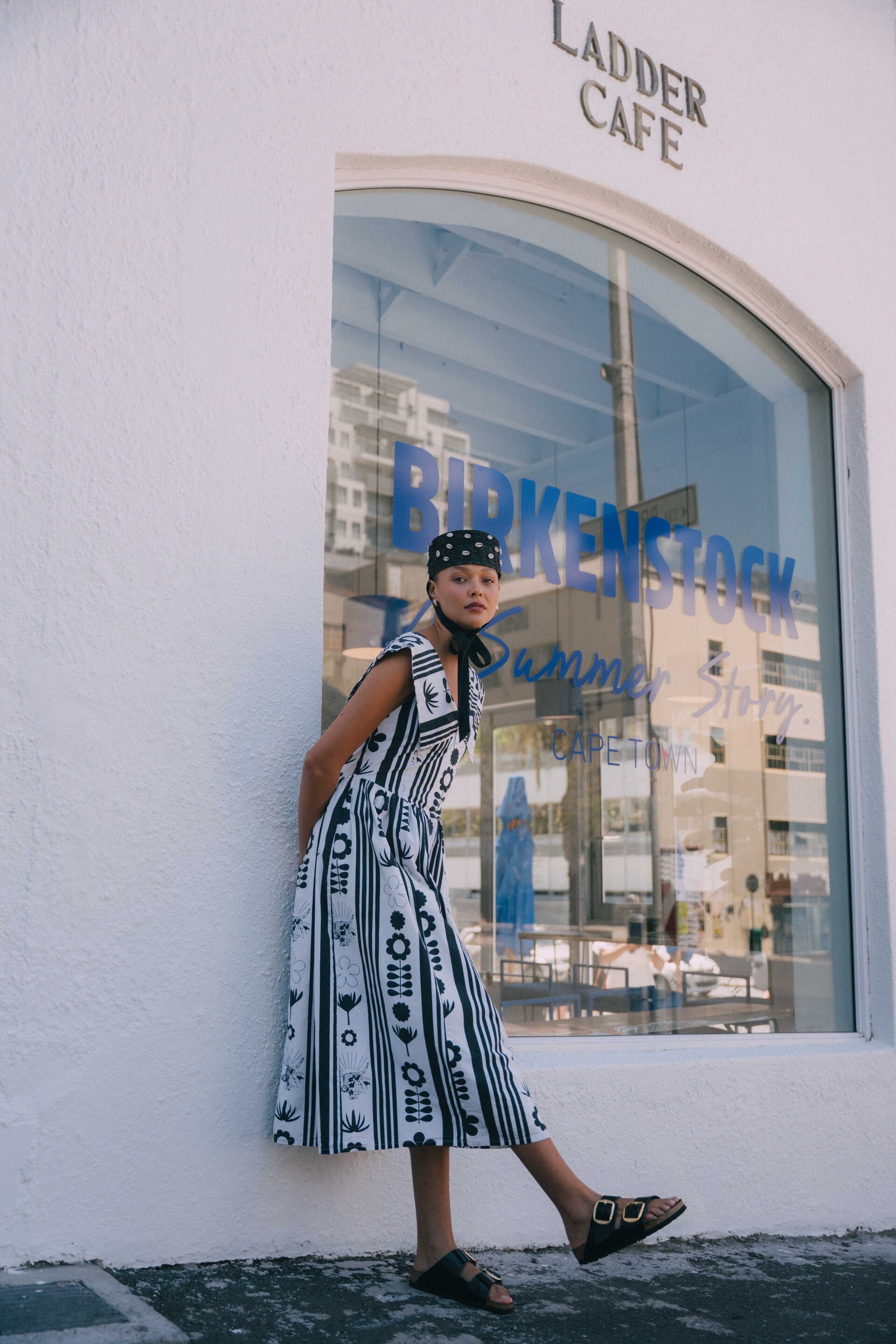
All imagery courtesy of Avenue PR
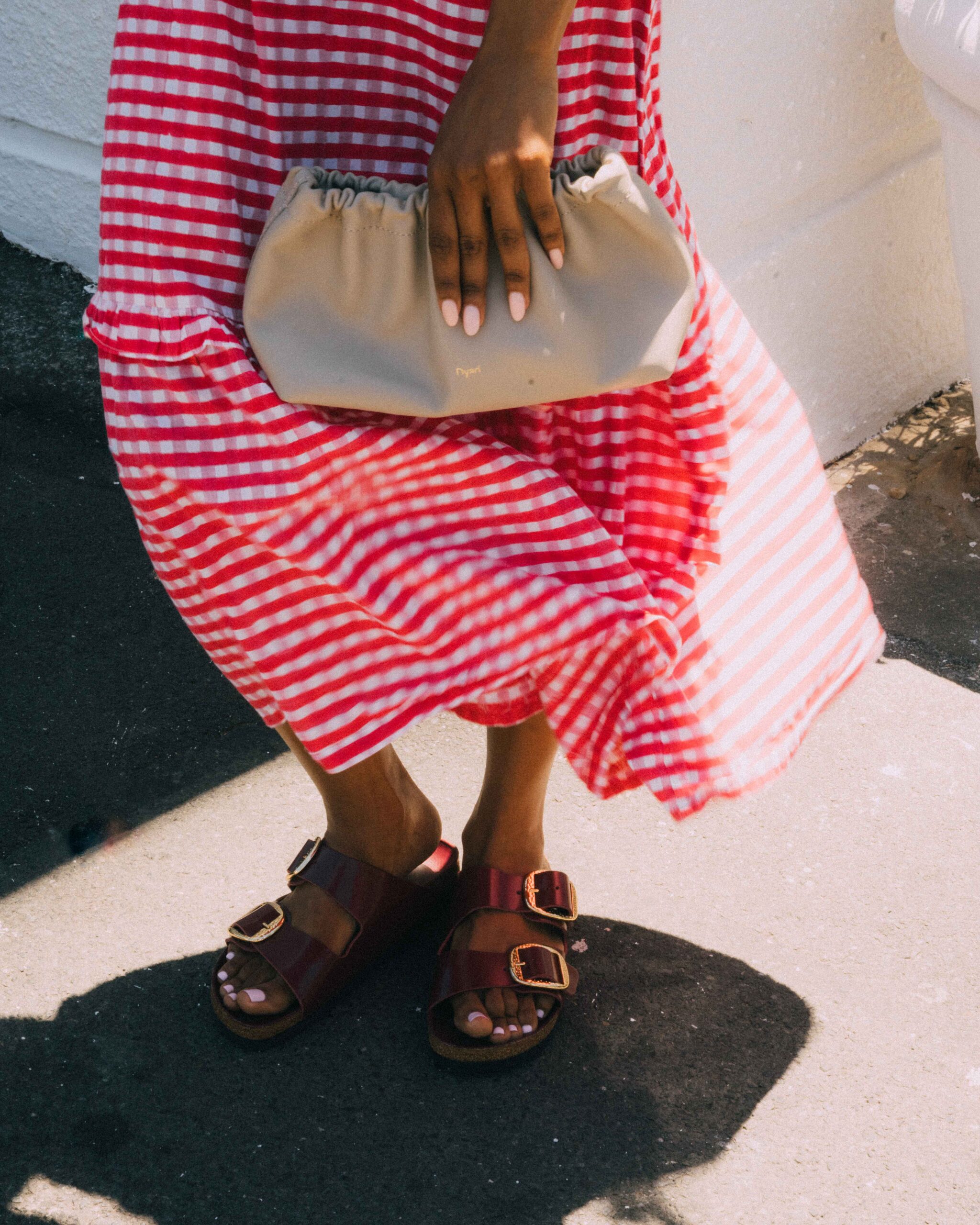
At the decorating workshop, guests discovered just how open to reinvention a pair of BIRKENSTOCK can be. Jess, known for Project Dyad’s architectural silhouettes and pared-back approach, introduced leather charms designed in collaboration with Sindiso, merging her minimalist language with Sindiso’s story-rich world of prints and indigenous botanical references.
Sindiso, whose work is grounded in sustainability, textiles and narratives of African womanhood, saw the collaboration as a celebration of shared aesthetic sensibilities. “We realised we had so much in common, especially colour,” she explains. “The charms draw from protea forms, indigenous florals and even the sun.”
In their hands, the charms became a story-making toolkit: fluid shapes, graphic cuts and a palette that merged their signature tones with BIRKENSTOCK’s unmistakable cobalt blue. The result? An invitation for every wearer to write their own summer story.
“The charms were designed so that anyone can tell their own story, stacking shapes and colours in a way that resonates with them,” says Jess. During the ideation process, she drew directly from Sindiso’s prints, simplifying forms, adapting them for footwear, and crafting them from offcuts to ensure each customisation remained sustainable.
Some guests kept it pared back using only a single, understated shape. As Sindiso reflects, “Every BIRKENSTOCK becomes unique because of the wearer; it’s their world, their story. Our charms just make that visible.”
For many, Sindiso’s styling workshop became a masterclass in elevating BIRKENSTOCK into a fashion piece without losing the ease that defines them. Shaped by the rhythms of South African life, her approach to style is playful in pattern and palette; refined yet relaxed, anchored in breezy silhouettes and joyful prints.
Over the course of the workshop, Sindiso unveiled five distinct outfits, three of which captured particular attention.
Each look illustrated Sindiso’s approach to summer style, with lessons on colour and individual expression:
Start with comfort, then layer expression.
Sindiso sees BIRKENSTOCK as the grounding point of an outfit. “They’re so versatile, meaning it allows you to play with whatever you feel comfortable and confident in: light dresses, airy fabrics, soft prints. No matter what, you’ll still feel put together.”
Dress to your lifestyle.
For Sindiso, summer is about rest, family, friends and joy. Her current favourite shoe, the BIRKENSTOCK Gizeh Big Buckle in Cognac, complements that perfectly: “stylish, simple and ideal for long, hot days.”
Let colour guide the mood.
The decorative accessories Jess and Sindiso created let participants shift the tone of their BIRKENSTOCK instantly, from paired-back neutrals to sunlit brights to layered maximalism. “Colour is a form of storytelling,” she says. “Choose what resonates.”
Across South Africa, BIRKENSTOCK have long been woven into local summer style, moulding themselves to our lifestyles just as they mould to our feet. From early-morning market runs and sea-soaked coastal walks to gallery openings and sunset dinners, BIRKENSTOCK moves the way South Africans move: freely, instinctively and with a beautiful blend of practicality and personality. In every step, they tell a story.
Explore the full BIRKENSTOCK collection and shop here.
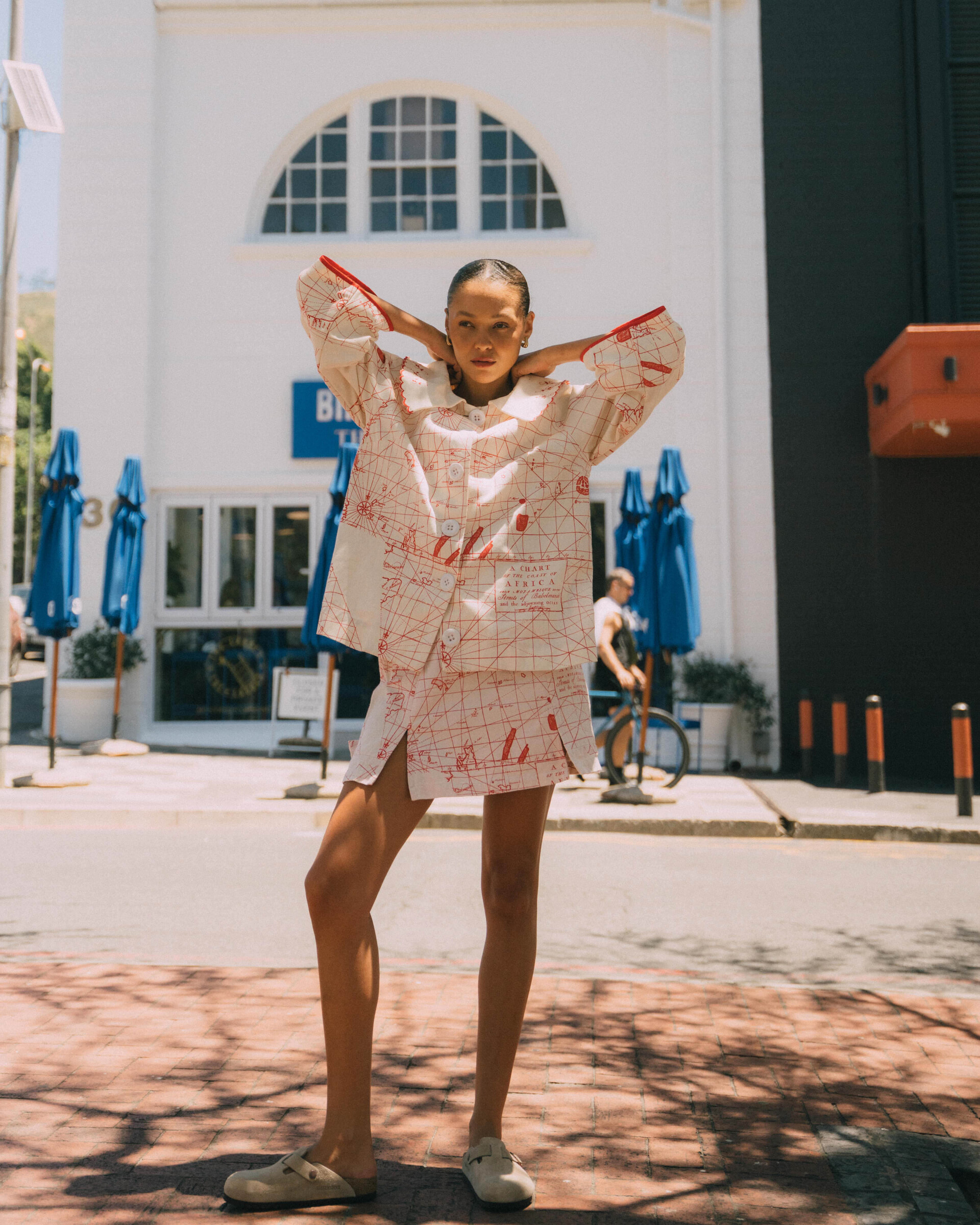
All imagery courtesy of Avenue PR
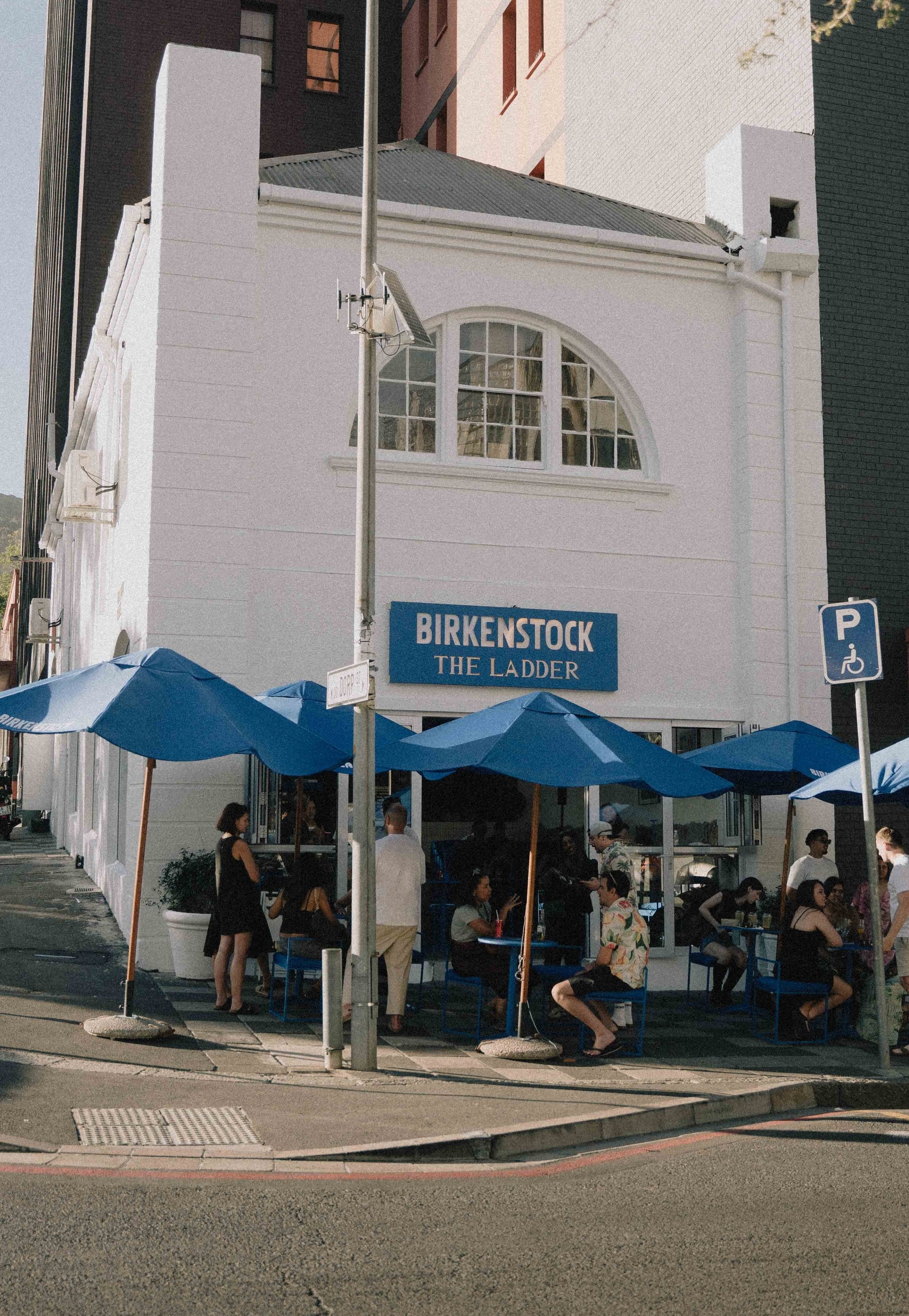
ABOUT BIRKENSTOCK
BIRKENSTOCK is a global brand which embraces all consumers regardless of geography, gender, age and income and which is committed to a clear purpose – maintaining foot health. Deeply rooted in studies of the biomechanics of the human foot and footed on a family tradition of shoemaking that can be traced back to 1774, BIRKENSTOCK is a timeless «super brand» with a brand universe that transcends product categories and ranges from entry-level to luxury price points while addressing the growing need for a conscious and active lifestyle. Function, quality and tradition are the core values of the lifestyle brand which features products in the footwear, sleep systems and natural cosmetics segments. BIRKENSTOCK is the inventor of the footbed and has shaped the principle of walking as intended by nature (“Naturgewolltes Gehen”).
With around 6,200 employees worldwide, BIRKENSTOCK is convinced that how things are made matters as much as the product itself. To ensure these quality standards, the Group operates a vertically integrated manufacturing base and produces all footbeds in Germany. In addition, BIRKENSTOCK assembles over 95% of all products in Germany and sources over 90% of materials and components from Europe. Raw materials are processed to the highest environmental and social standards in industry. For materials testing BIRKENSTOCK operates state-of-the-art scientific laboratories.
Headquartered in Linz am Rhein, the BIRKENSTOCK Group also operates its own sales offices in the United States and Canada as well as in Brazil, Japan, South Korea, Denmark, Poland, Switzerland, Sweden, Spain, the United Kingdom, France, Norway, the Netherlands, Dubai, Singapore and India.
For further information, visit www.birkenstock-group.com
Shop at www.bashafrica.com
Press release courtesy of Avenue PR
For more news, visit the Connect Everything Collective homepage www.ceconline.co.za

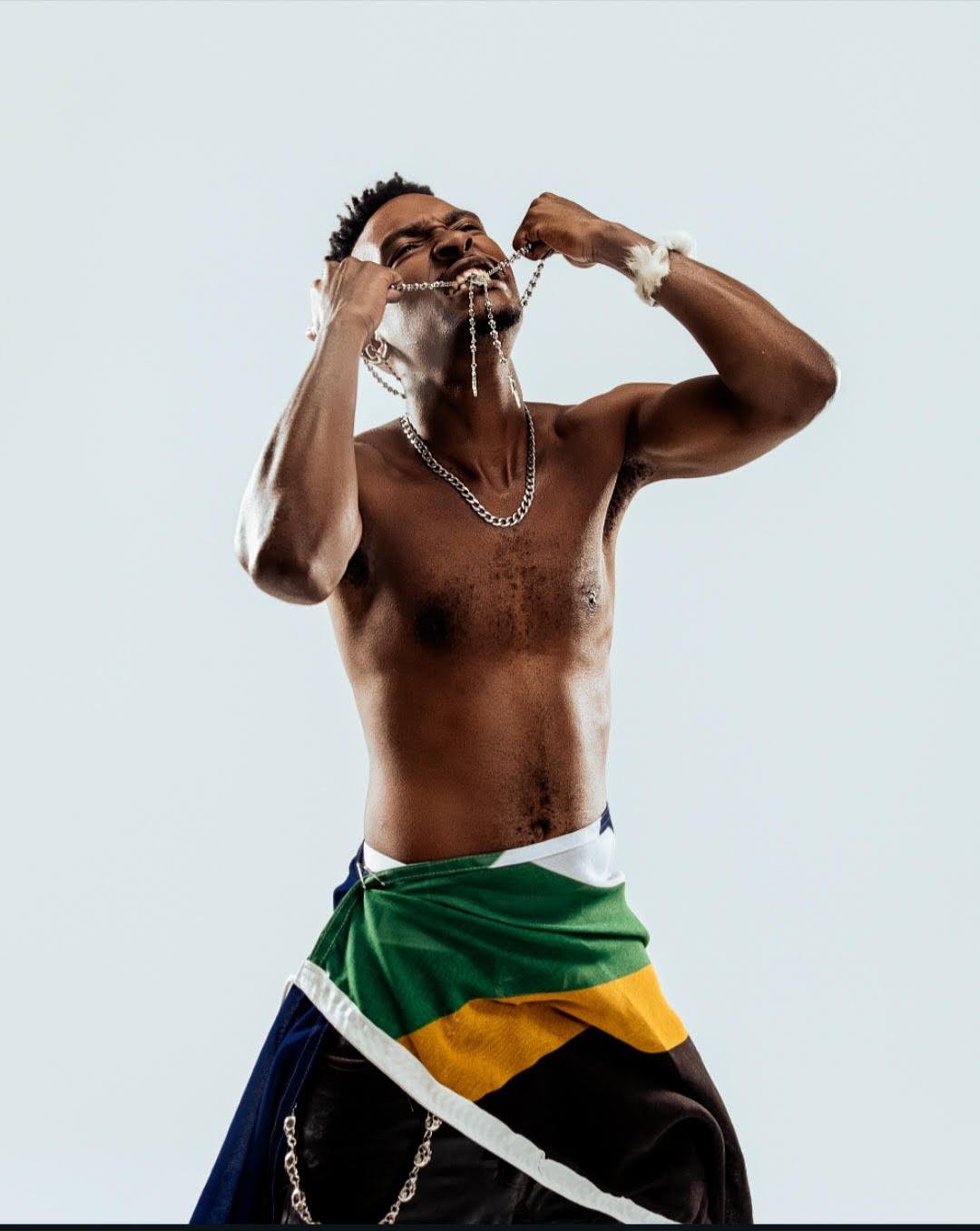
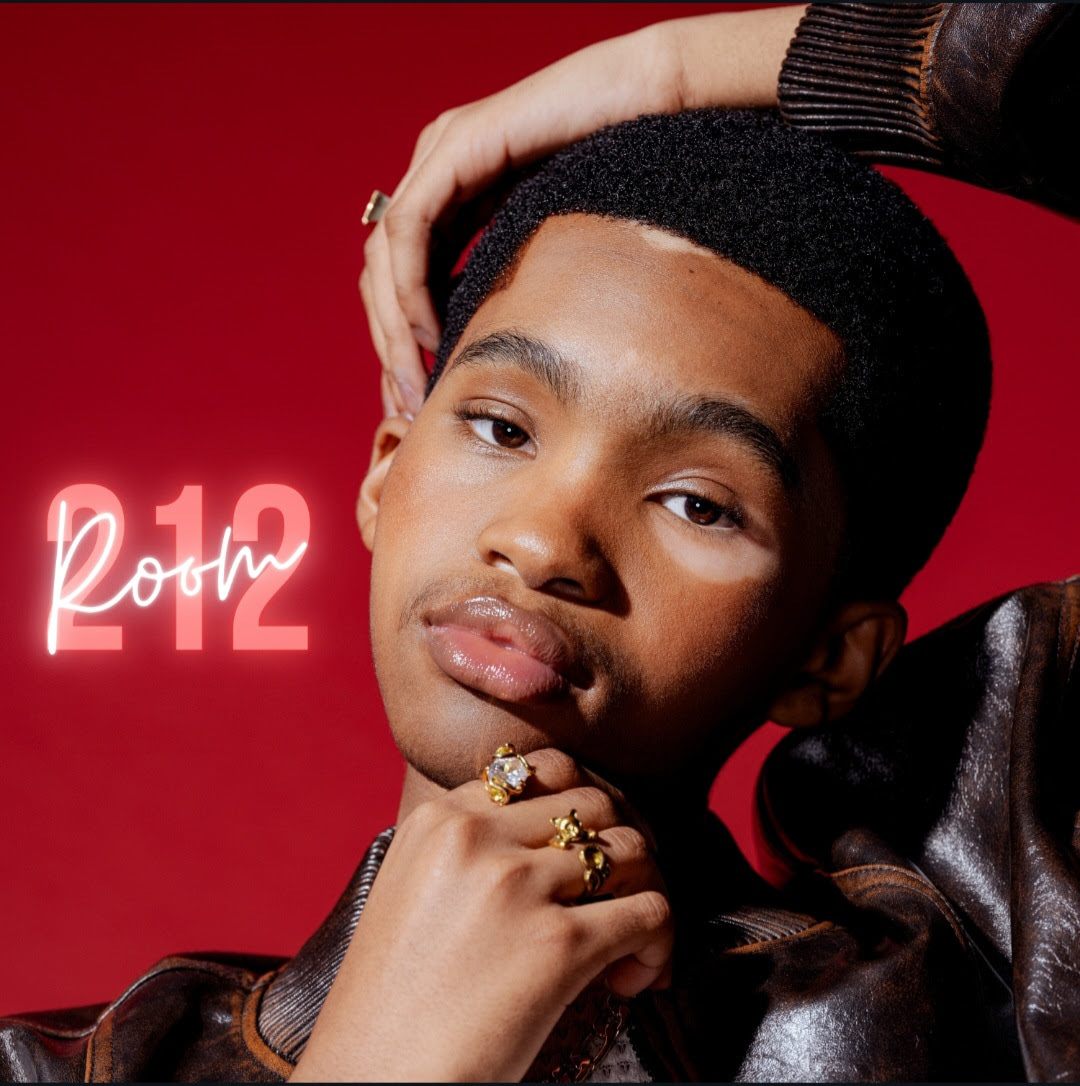
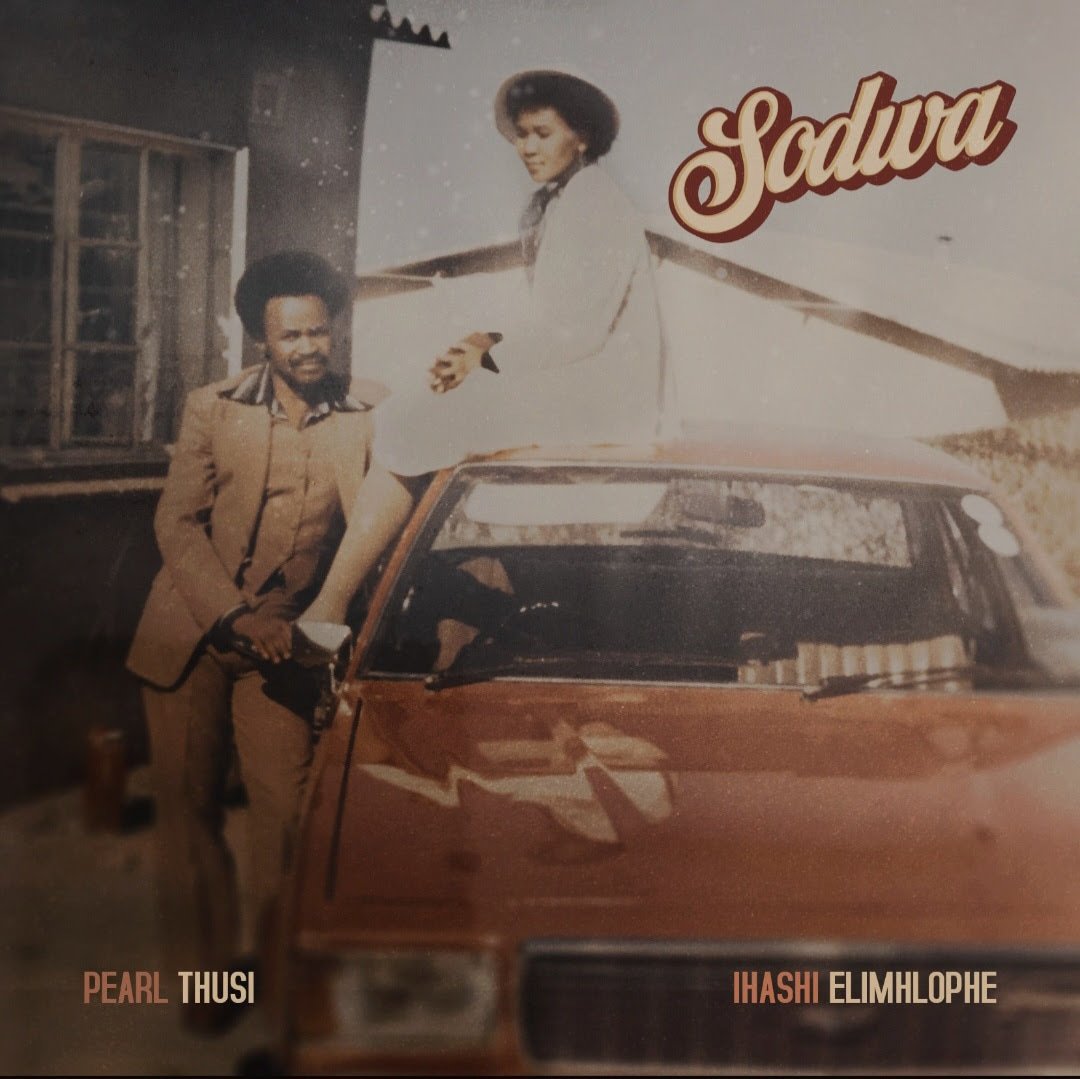

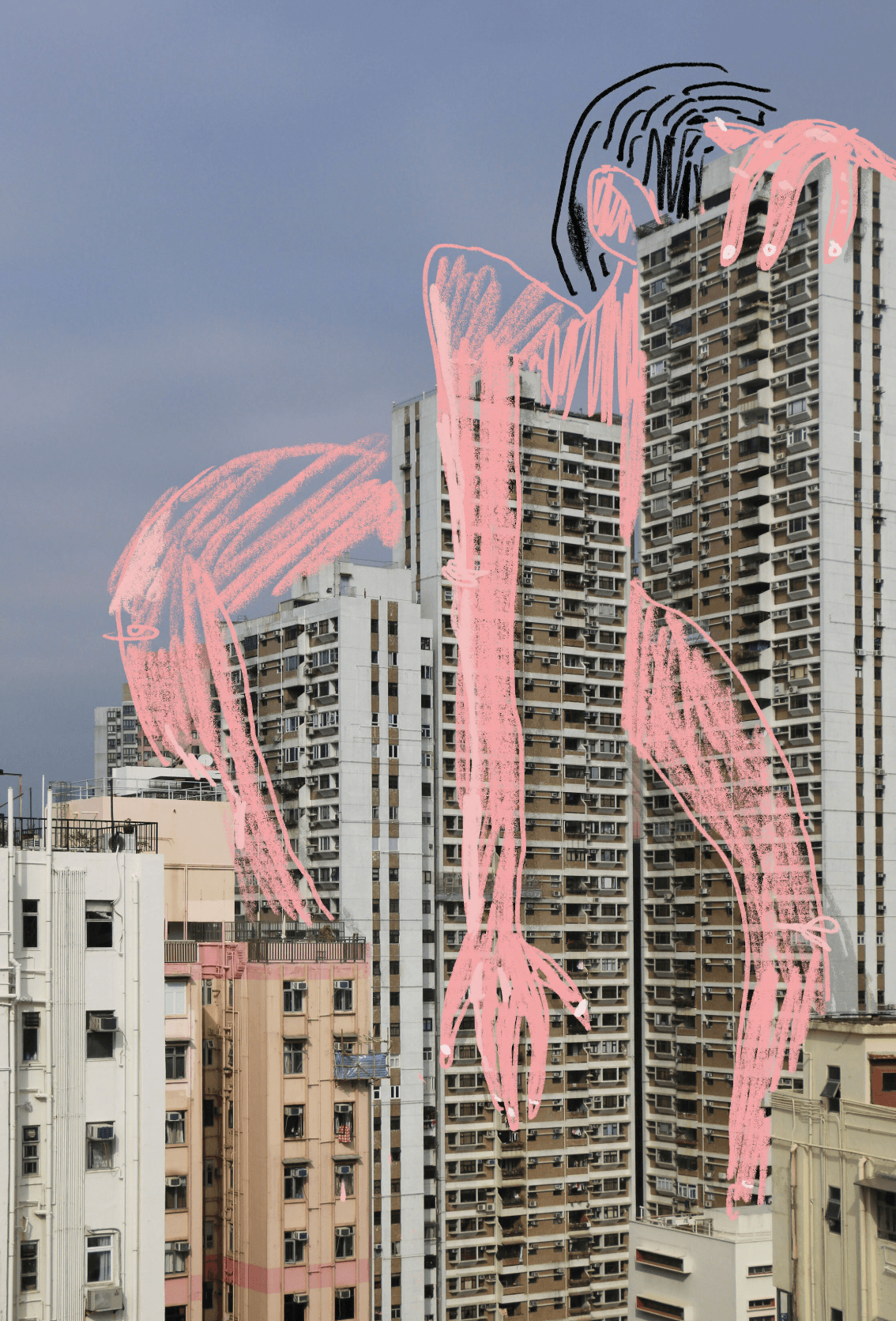

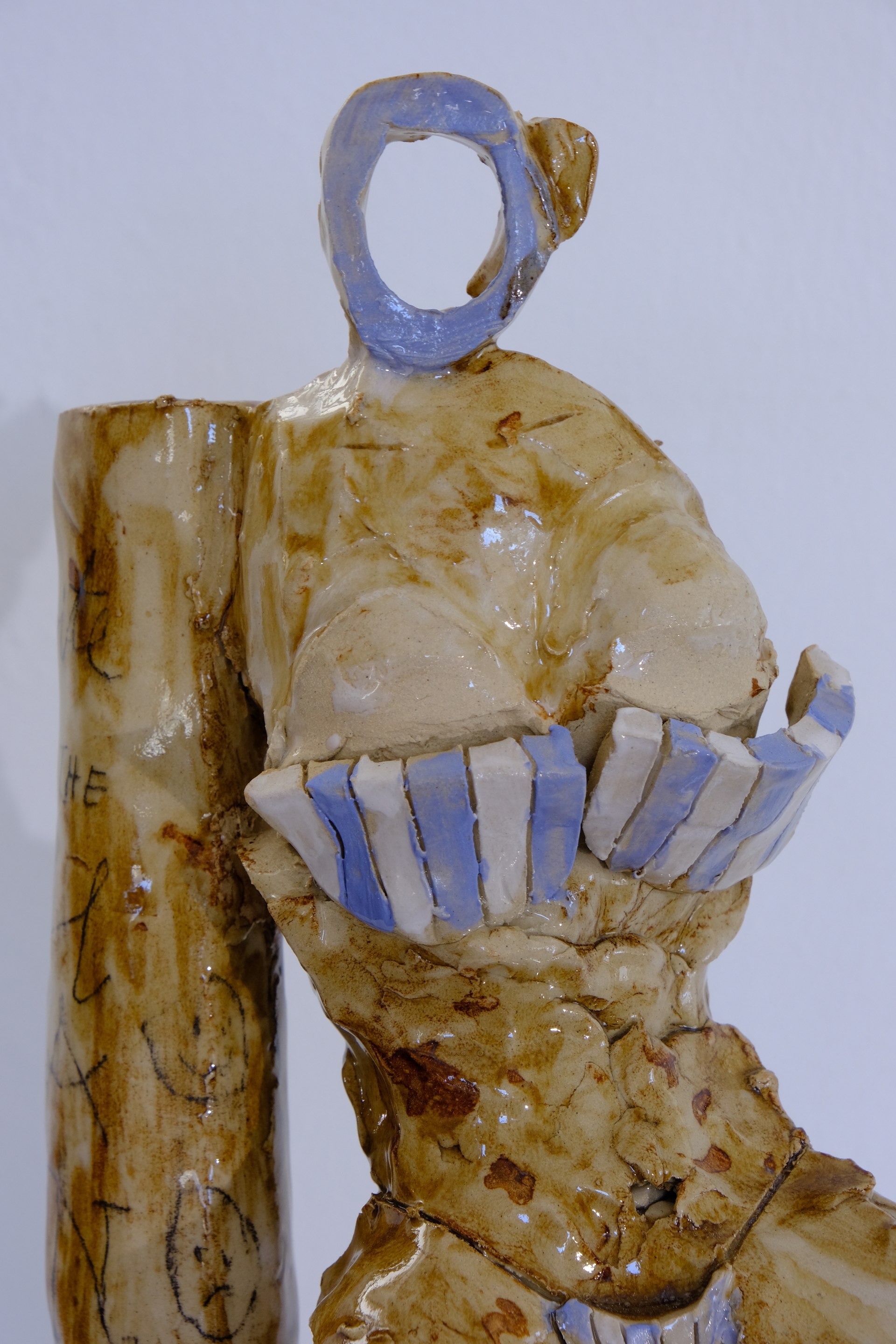

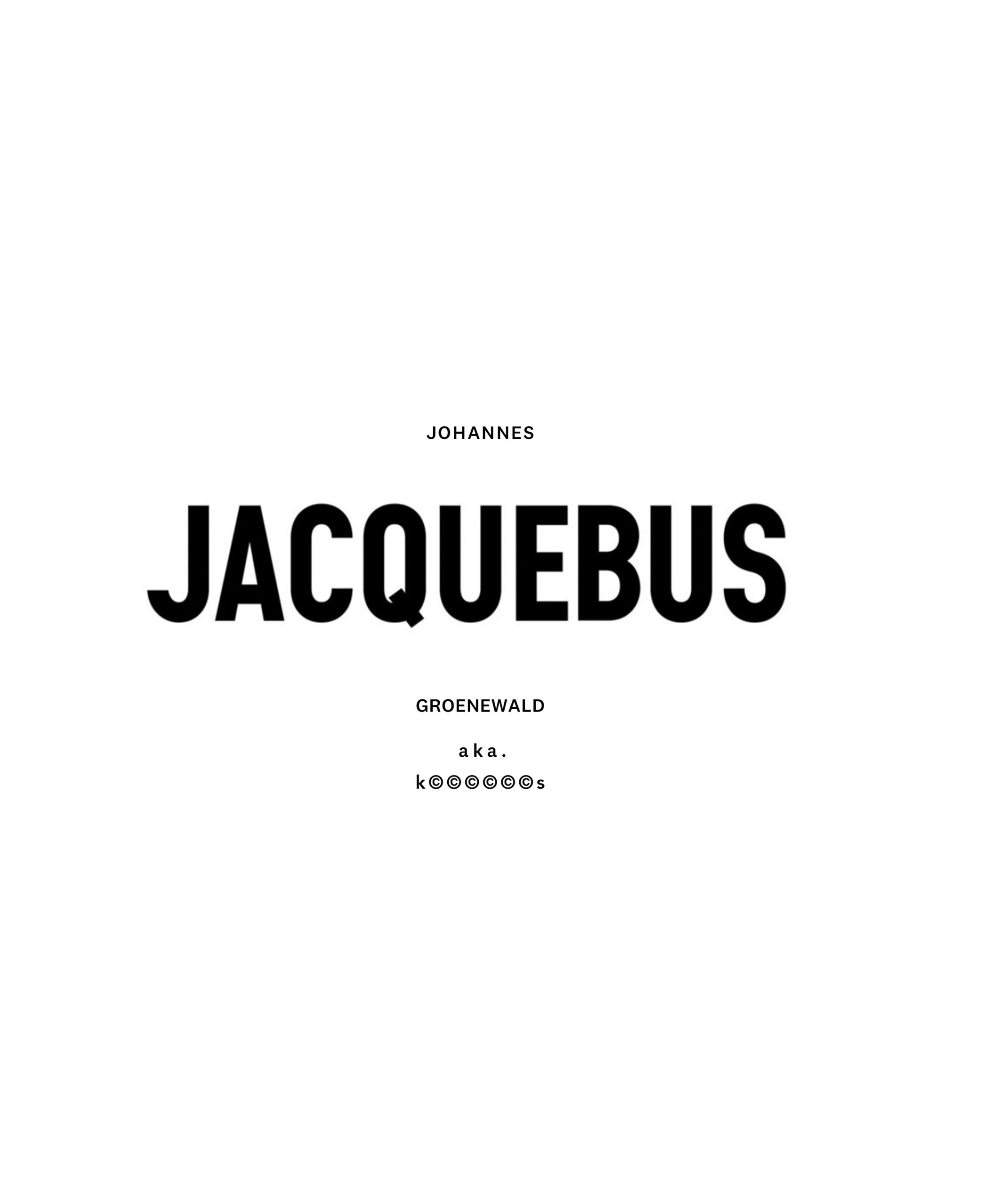


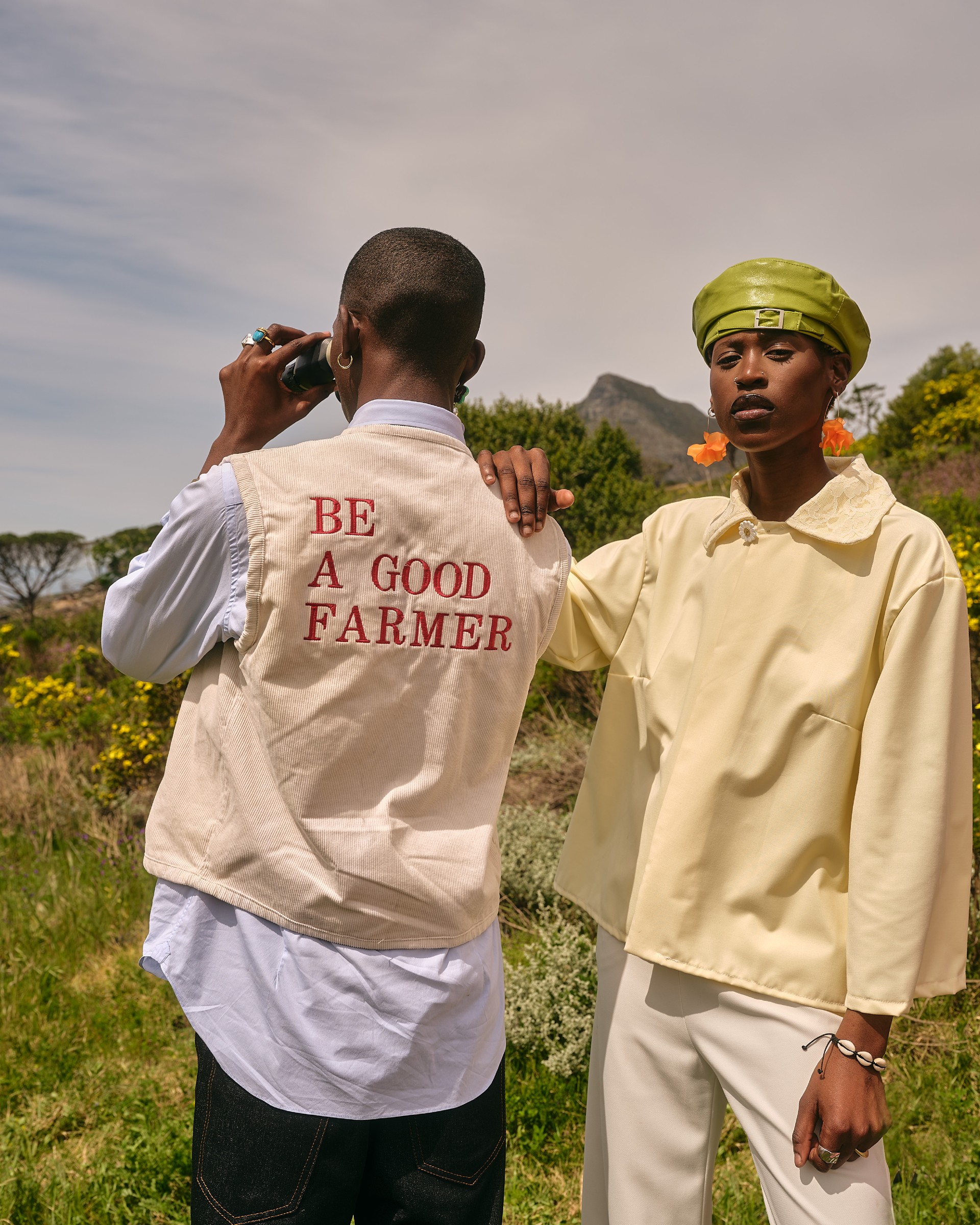
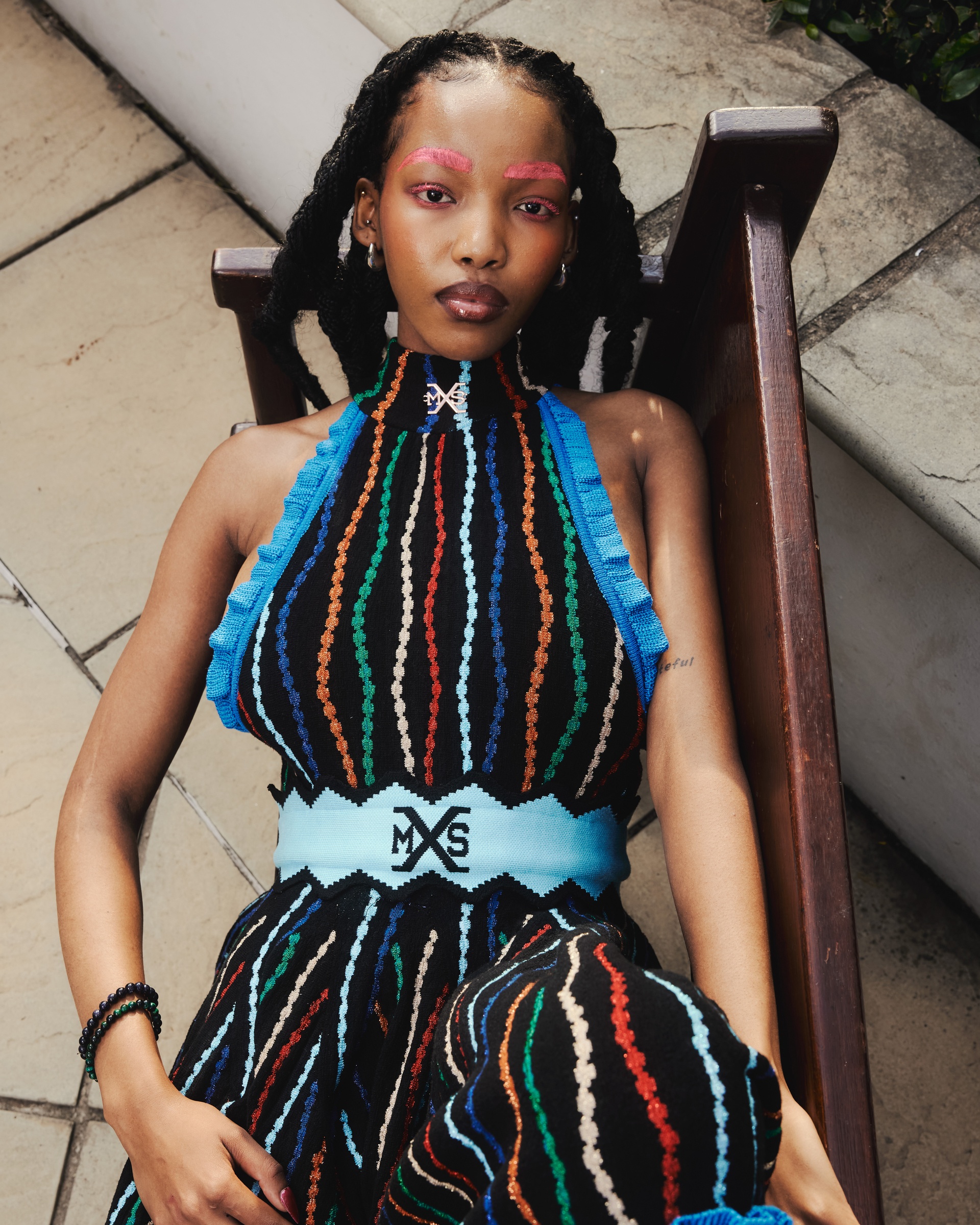
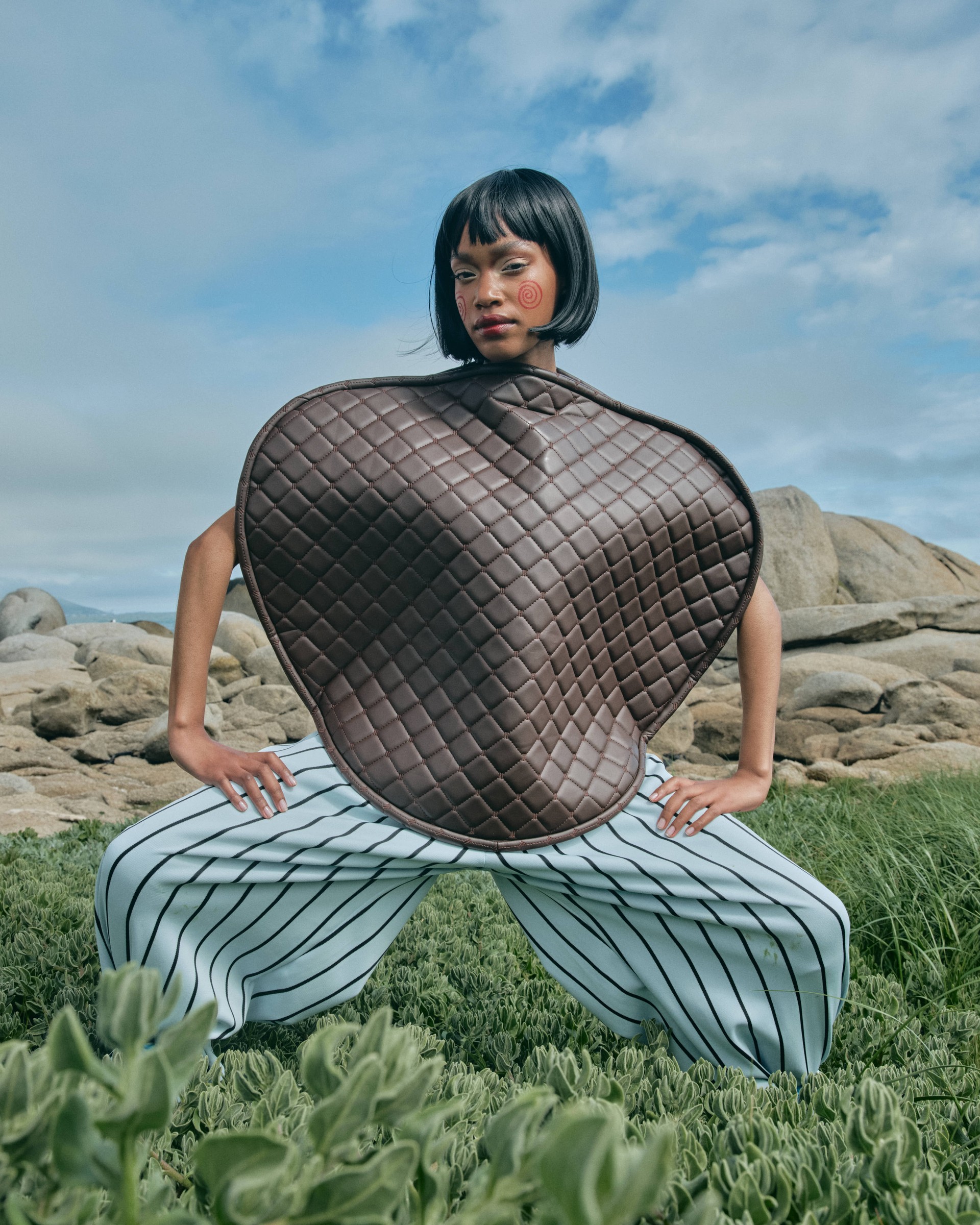

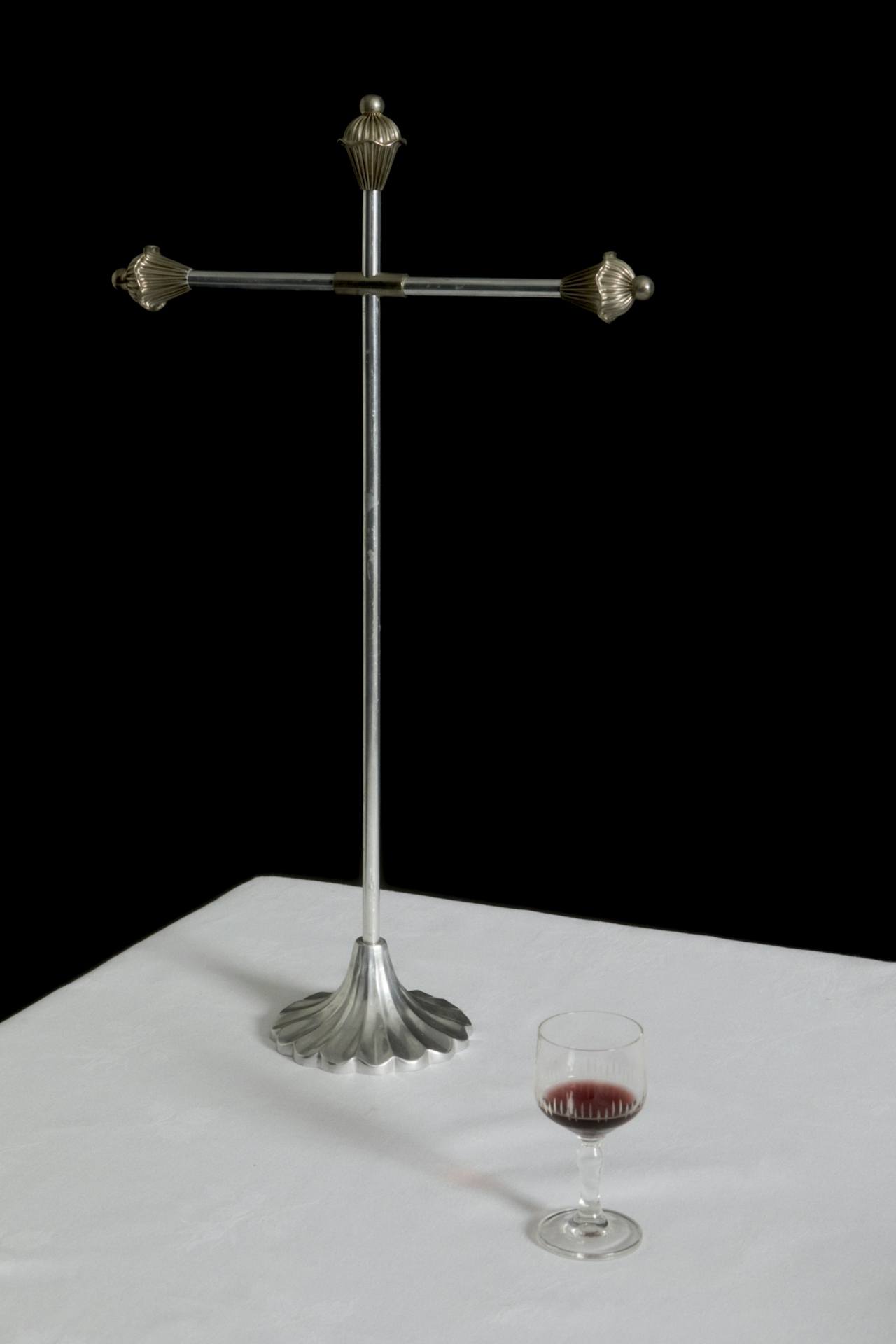
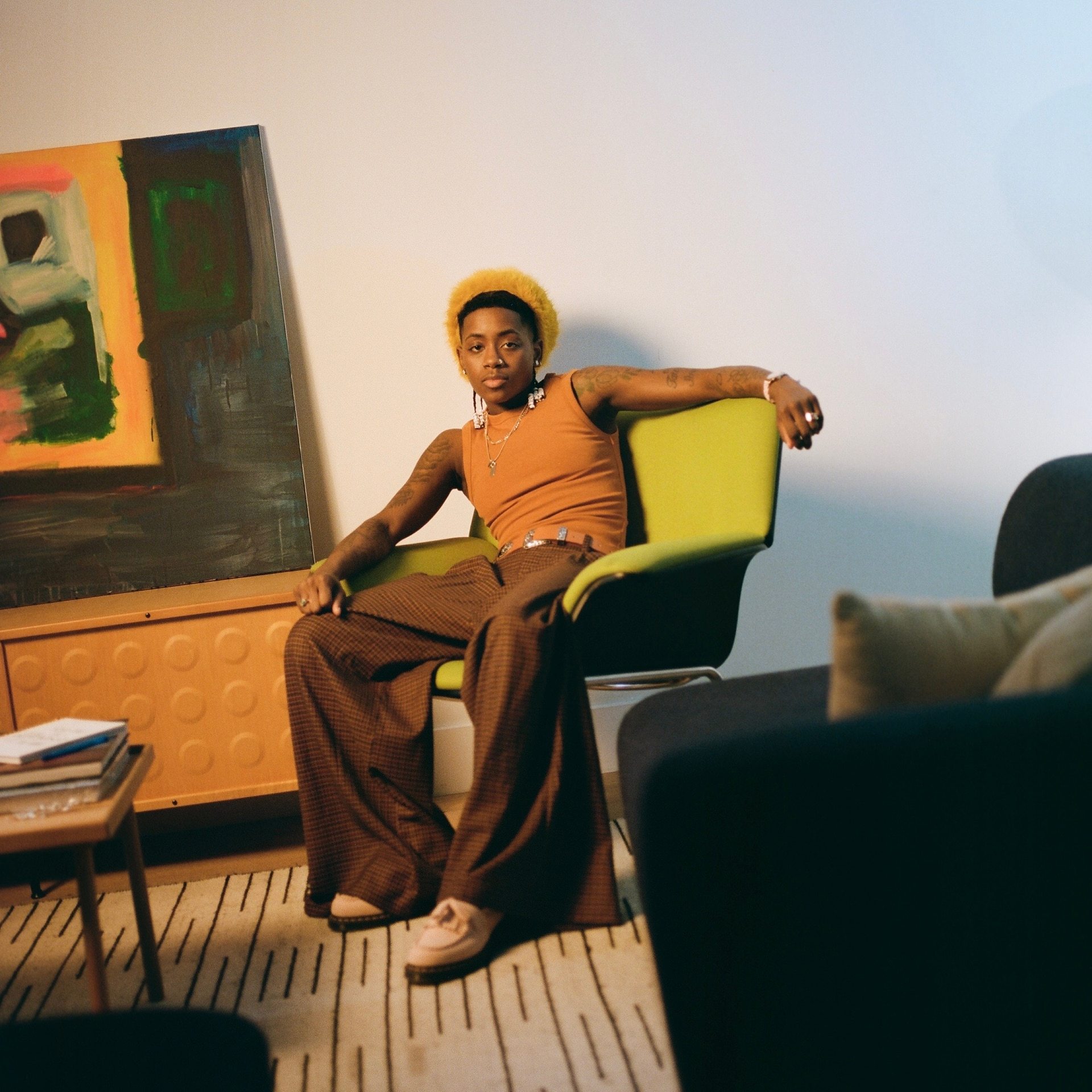
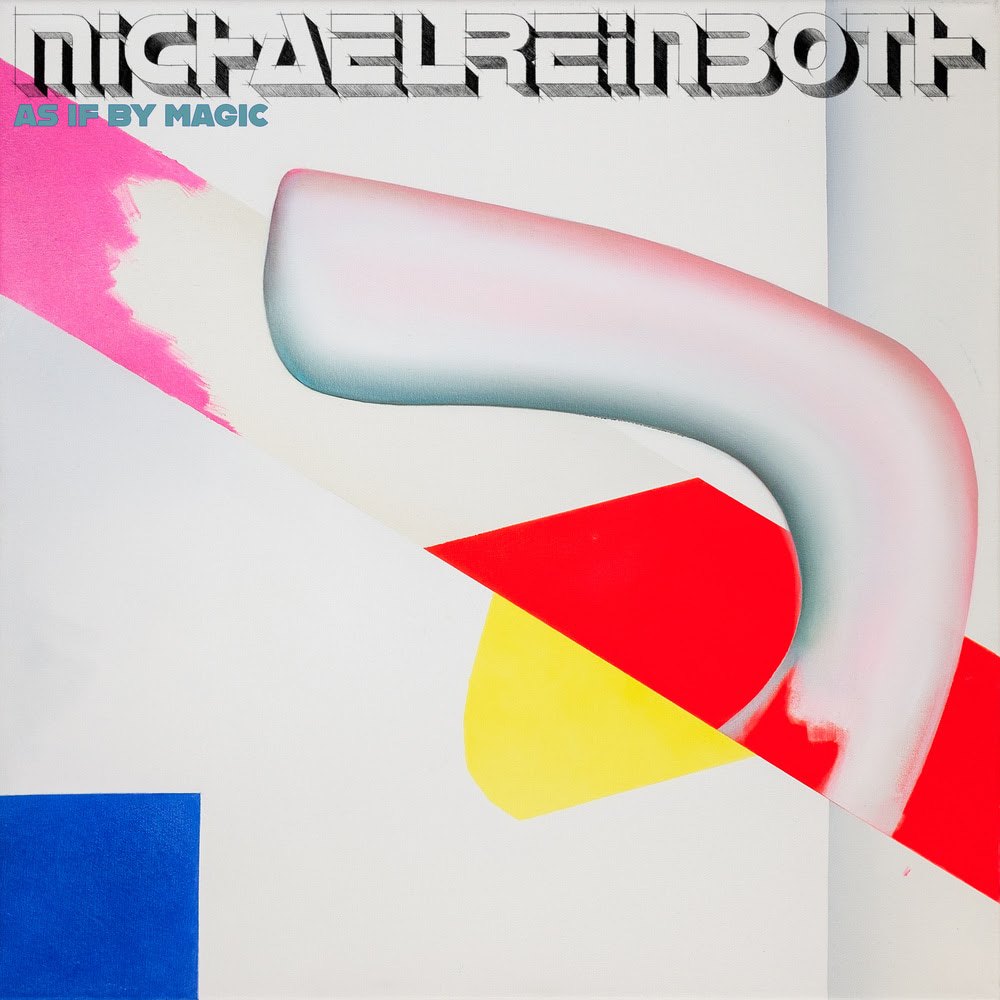
Recent Comments